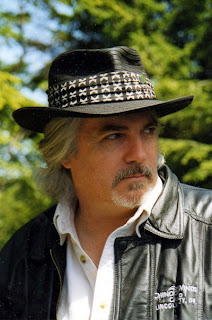An article in The Globe And Mail recently proclaimed the end of the professional writer. Professional writers, it was said, are going the way of the dodo and the buggy whip maker. (There Will Be No More Professional Writers in The Future)
Kris Rusch disagrees. She writes:
Read more of Kris Rusch's article here: The Business Rusch: The End of the Unprofessional Writer"... [Ewan Morrison] predicts, “There will be no more professional writers in the future.”Here’s the thing: Viewed from a certain perspective, Morrison is absolutely right. A decade or two down the road, the model that we once called “professional” for writers will disappear.That model depended on writers writing on spec until they sell something. Those writers need a day job to support themselves. Those writers once they sell something then hire an employee with no legal training who negotiates their contract. Then that same employee, who usually has no literary training, vets all of the writer’s future works.For this single sale, the writers will get an interest-free loan that they do not have to pay back if their book fails to sell well. If the book does sell well, then that interest-free loan will be paid off and the writer will receive a percentage of the book’s cover price (in theory) for each copy sold. Of course, cover price might be subject to discounting (at which case the percentage paid to the writer goes down) and the definition of sold might include free copies given away in hopes of goosing remaining sales, but hey, who is counting?Wait. The answer to that is no one. Because accounting programs at most traditional publishers are so behind the times that they can’t handle e-book royalties in any sane way.. . . .Morrison is right when he calls traditional publishing a feudal economic system. What he fails to see is that it has always been one. And that the economics are simply getting more rigid as time goes on. The writers are getting less of the pie than they did before, and seem to have no way to combat that.Except through the very thing he bemoans—digital publishing. Rather than embracing the revolution, he criticizes it [...].
He finds himself faced with a hell of a dilemma—one that most traditionally published writers face. Should they get a day job in which someone else now pays for their time? Should they keep writing and hope that things will improve? Or should they learn how to run a small business and actually control their finances—and their careers—for the first time in their lives?
. . . .The true professional writers will publish indie. You have to be professional to survive in a market that requires business savvy as well as creativity.
. . . .Yes, Morrison is right. The past sixty years of publishing have become an era that is no more.
And that’s a very, very, very good thing.
Other articles you might enjoy:
- Kristen Lamb: 5 Rules For Using Twitter Successfully
- 8 Ways To Become A Better Writer
Photo credit: Unknown










